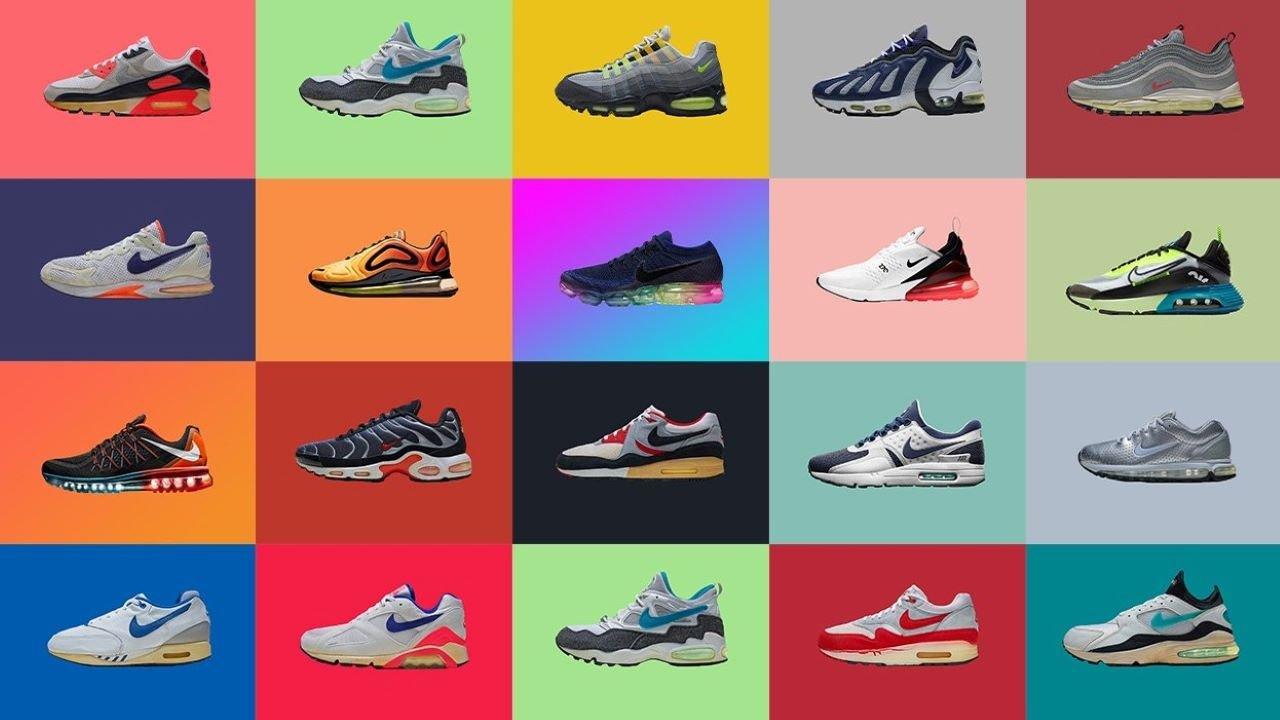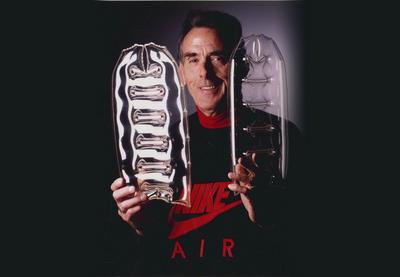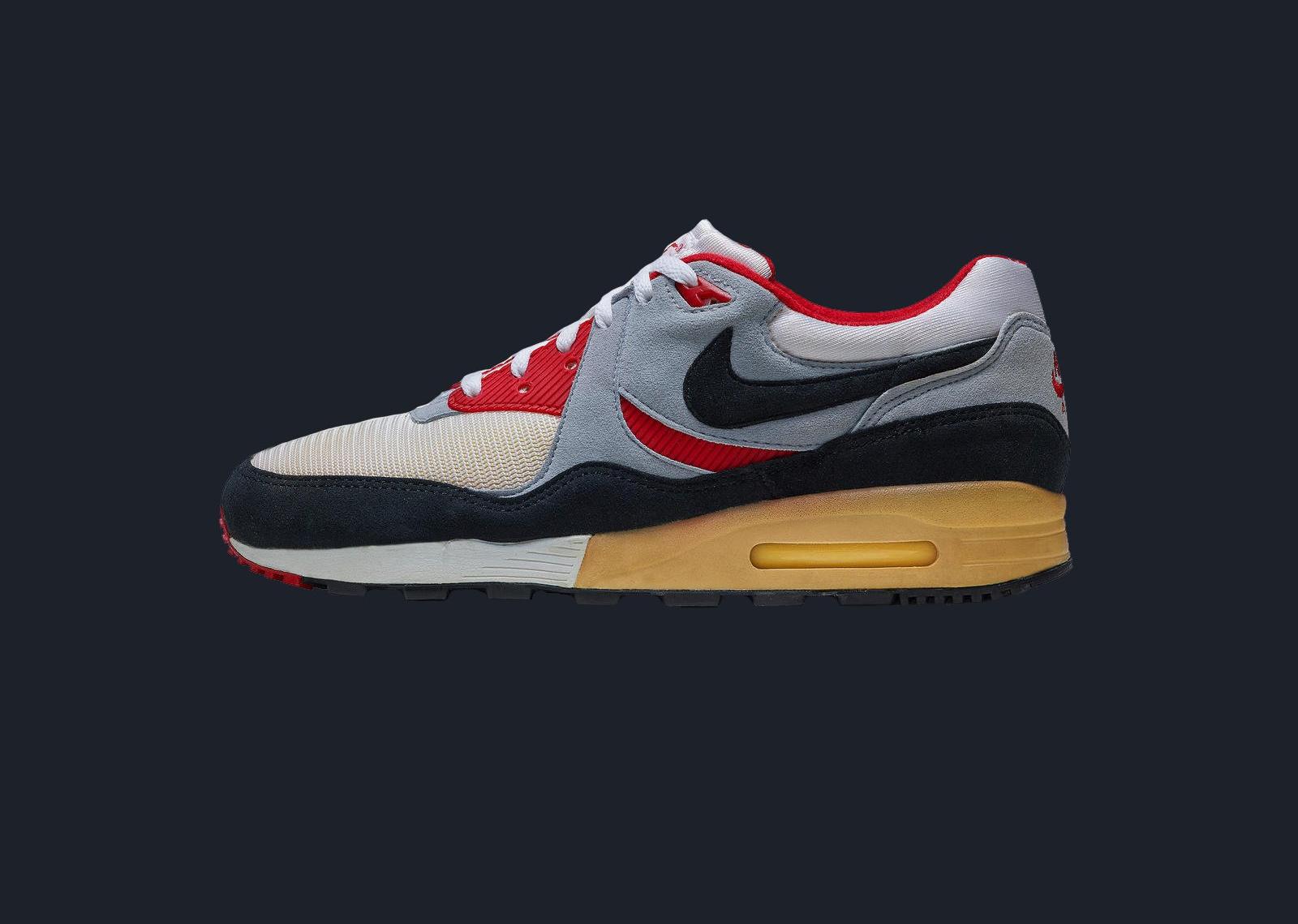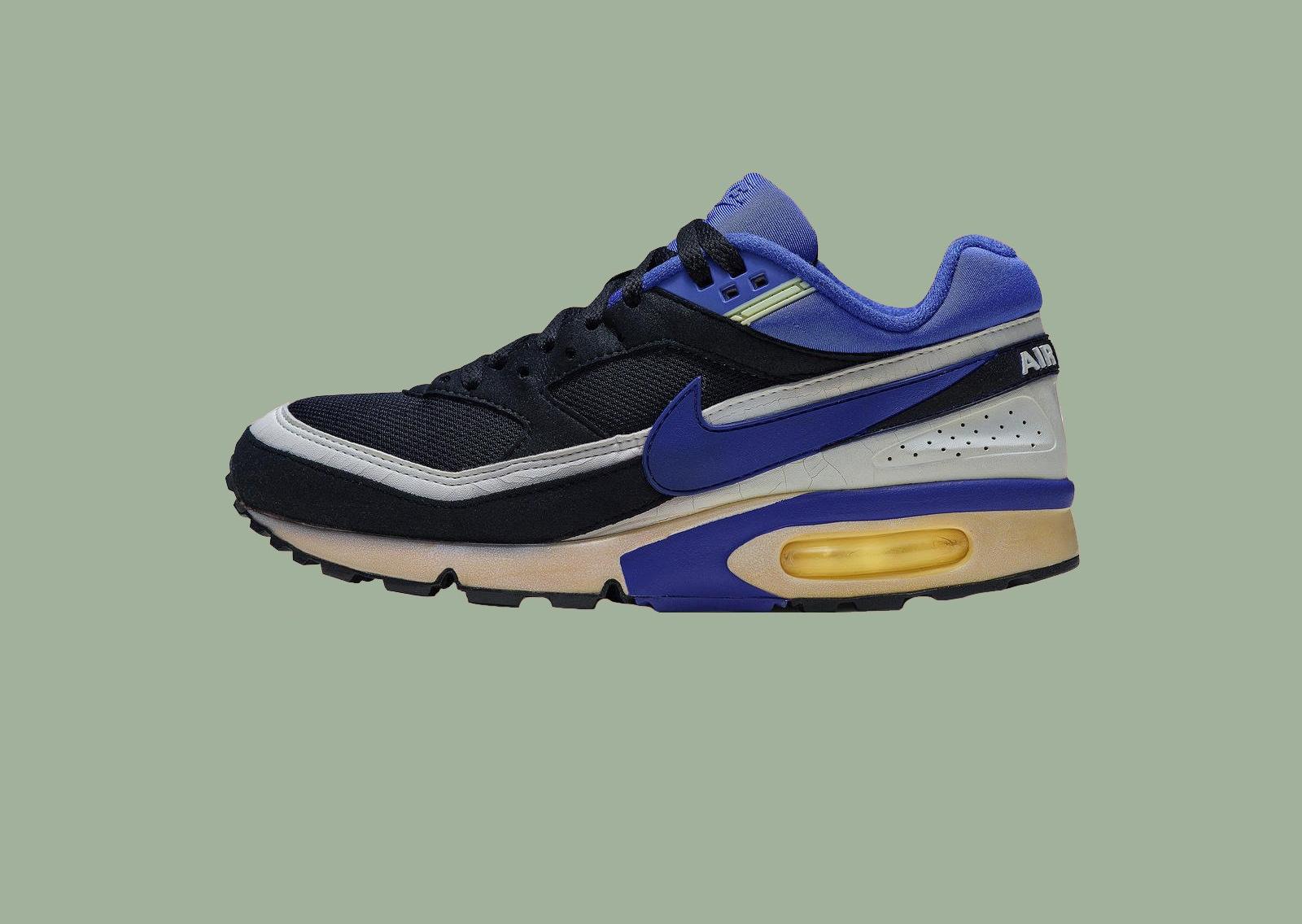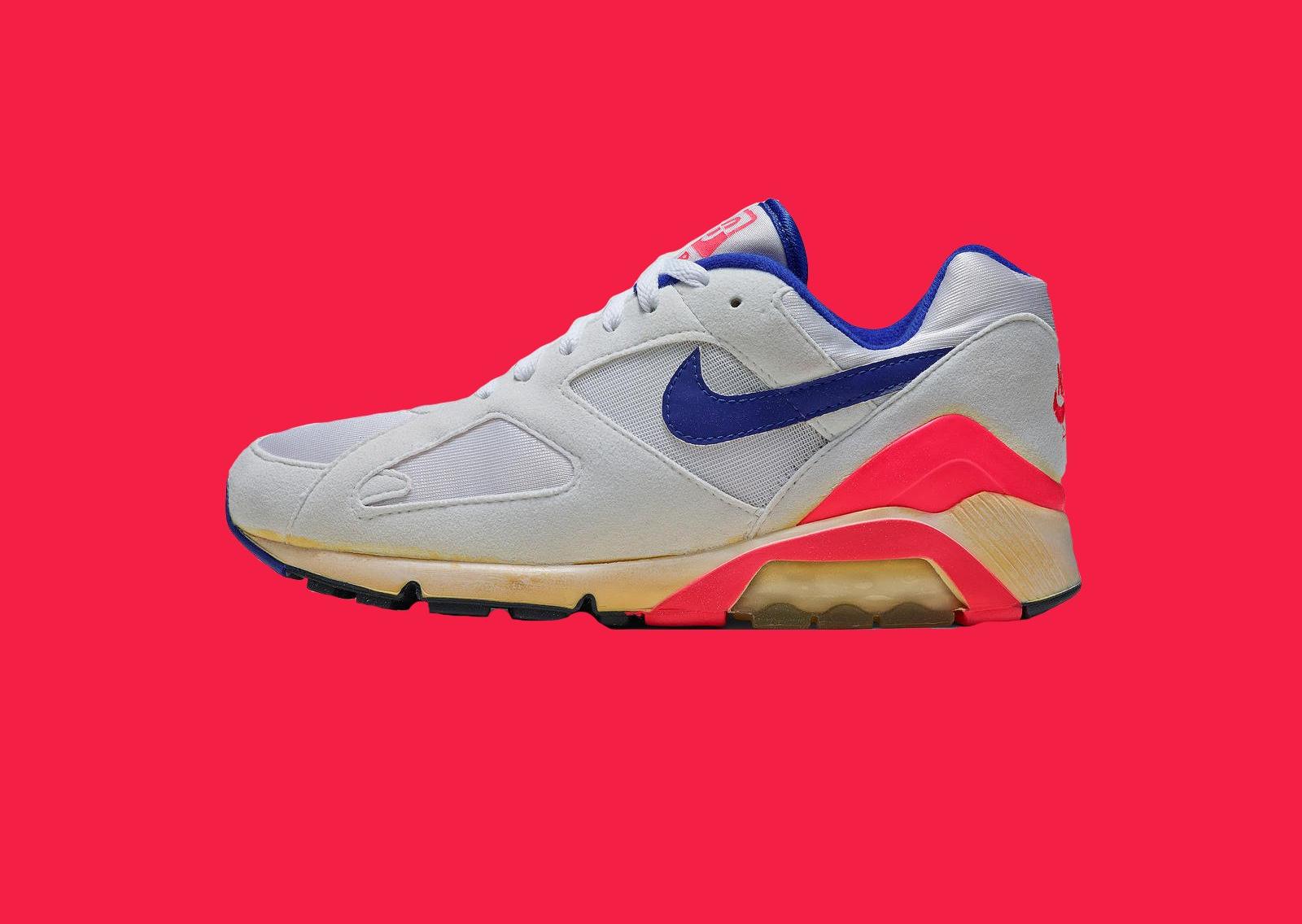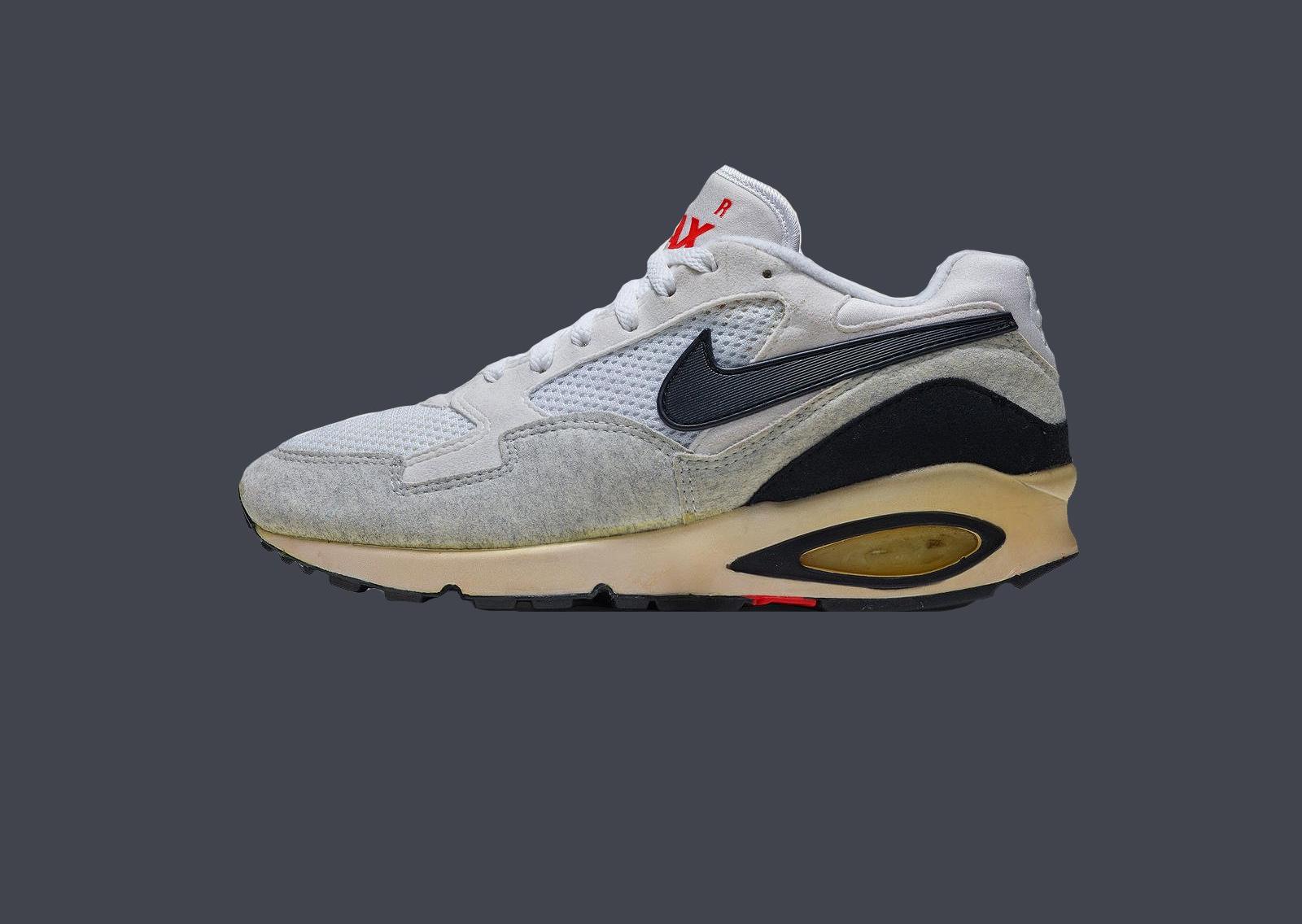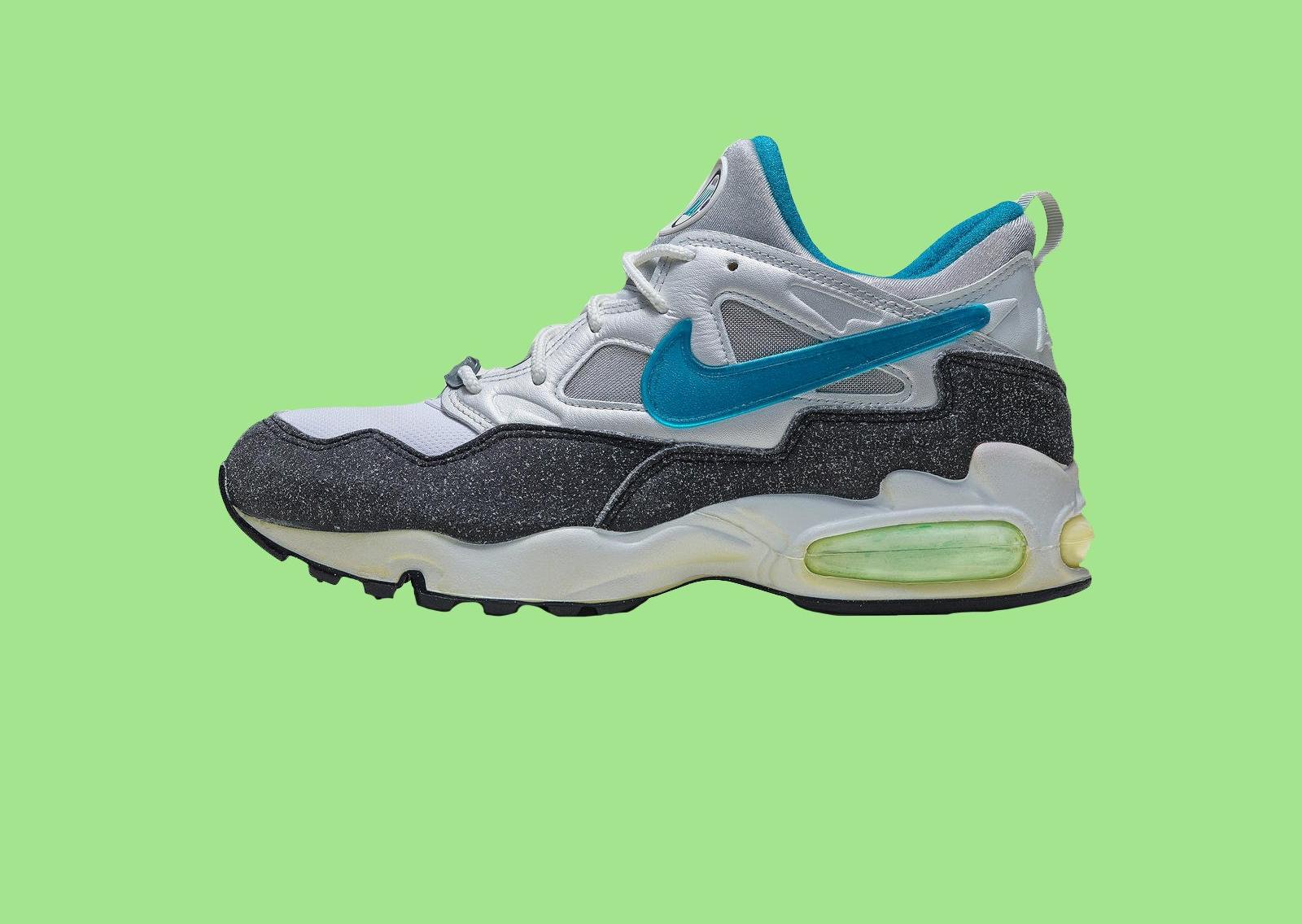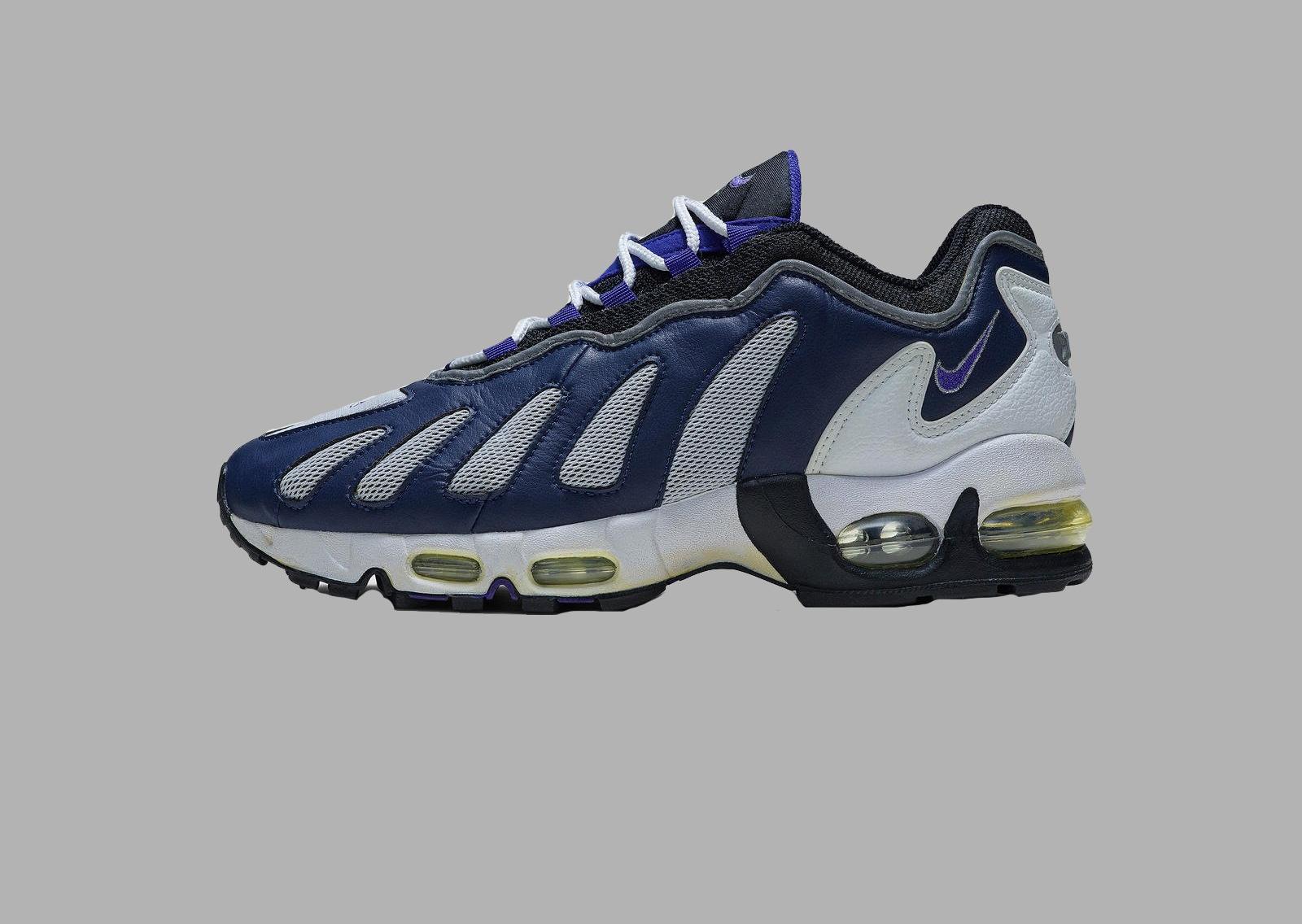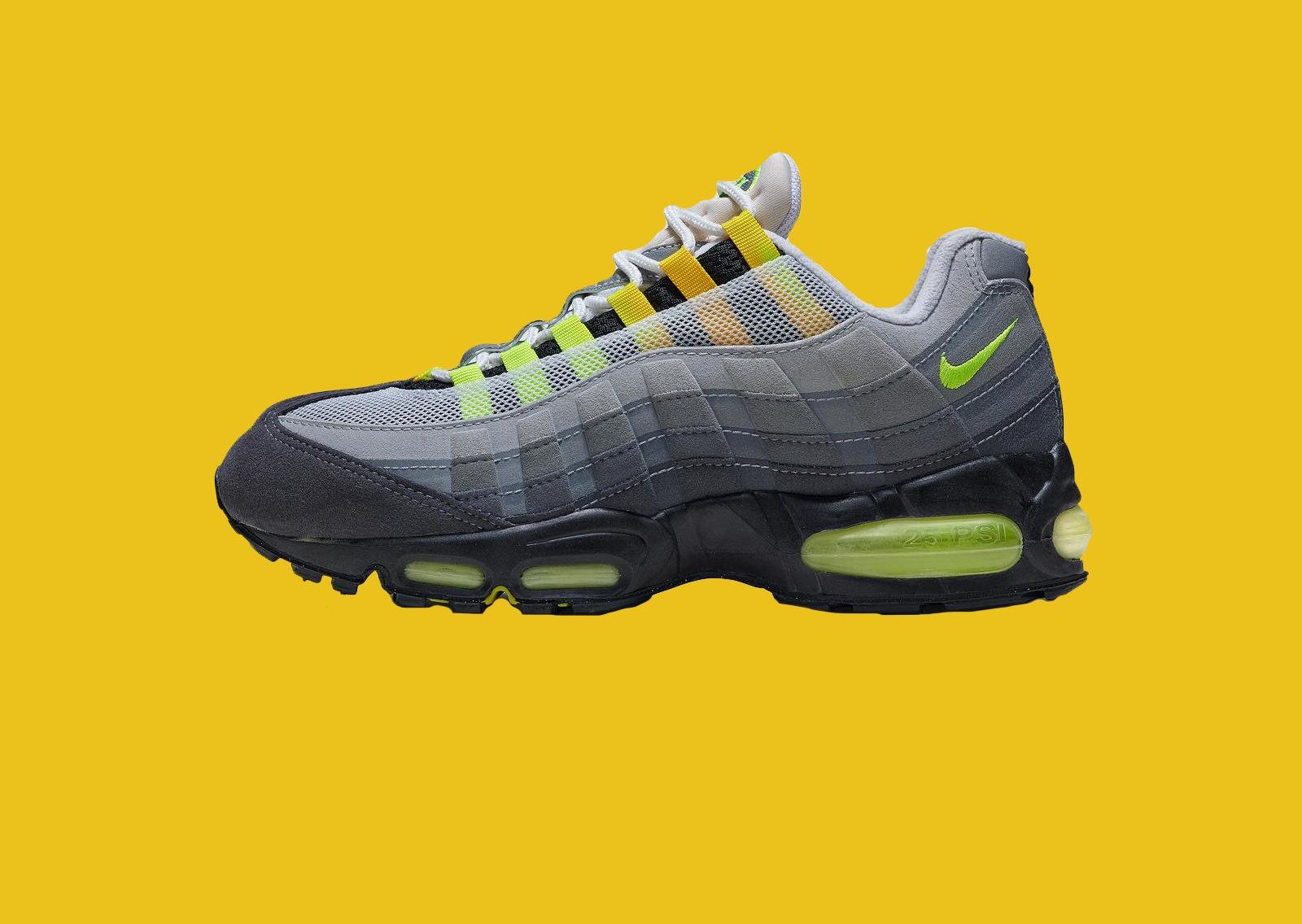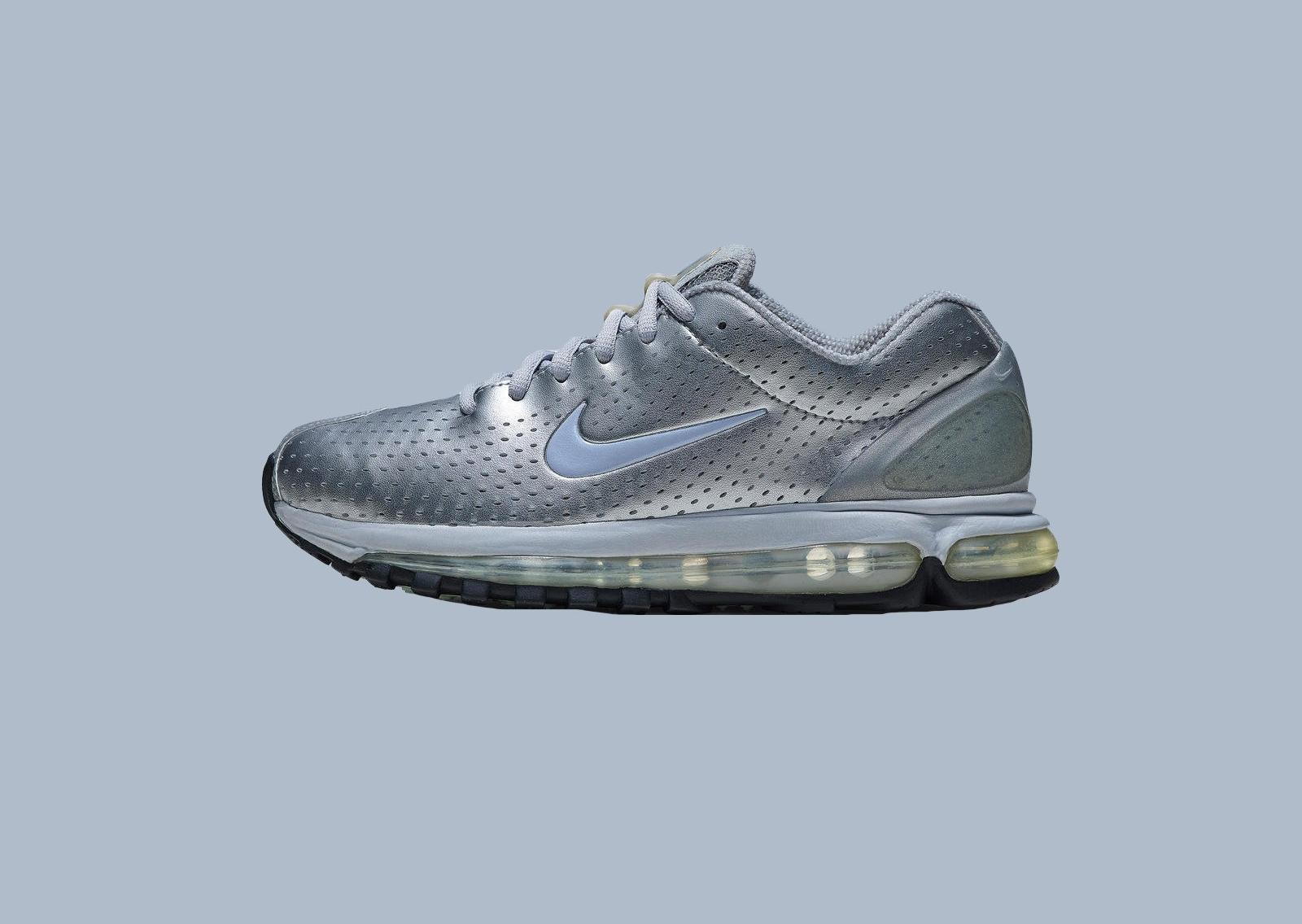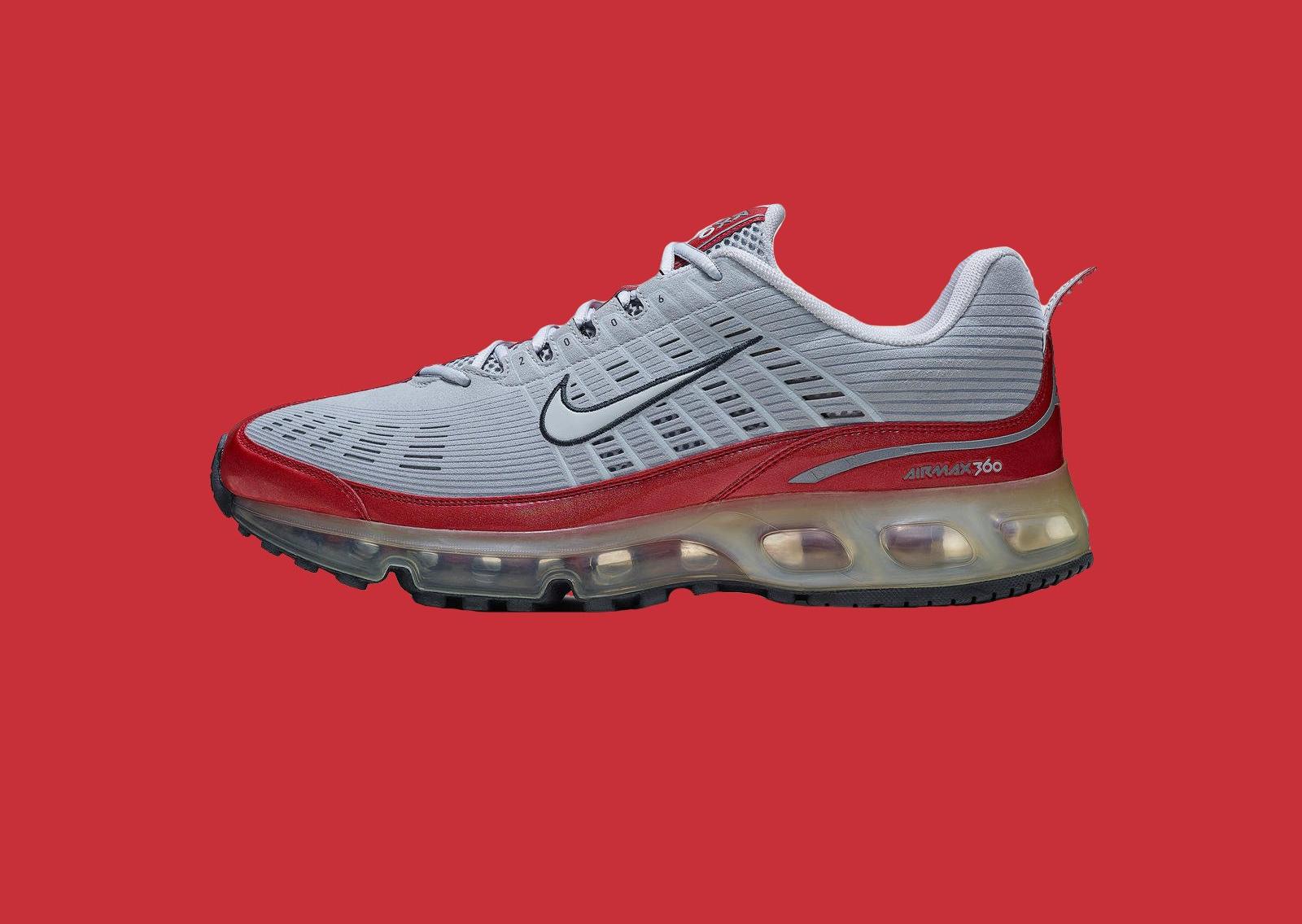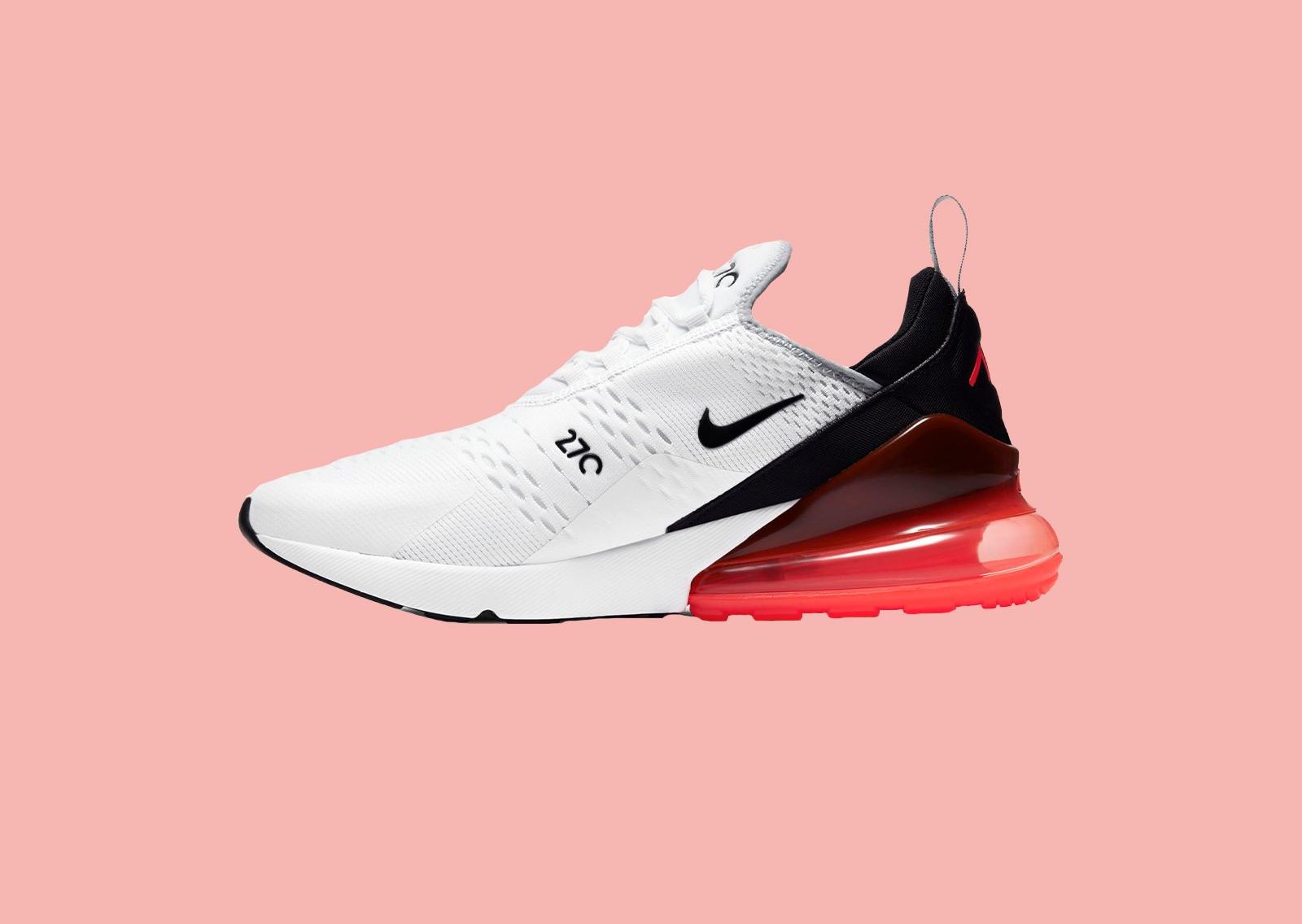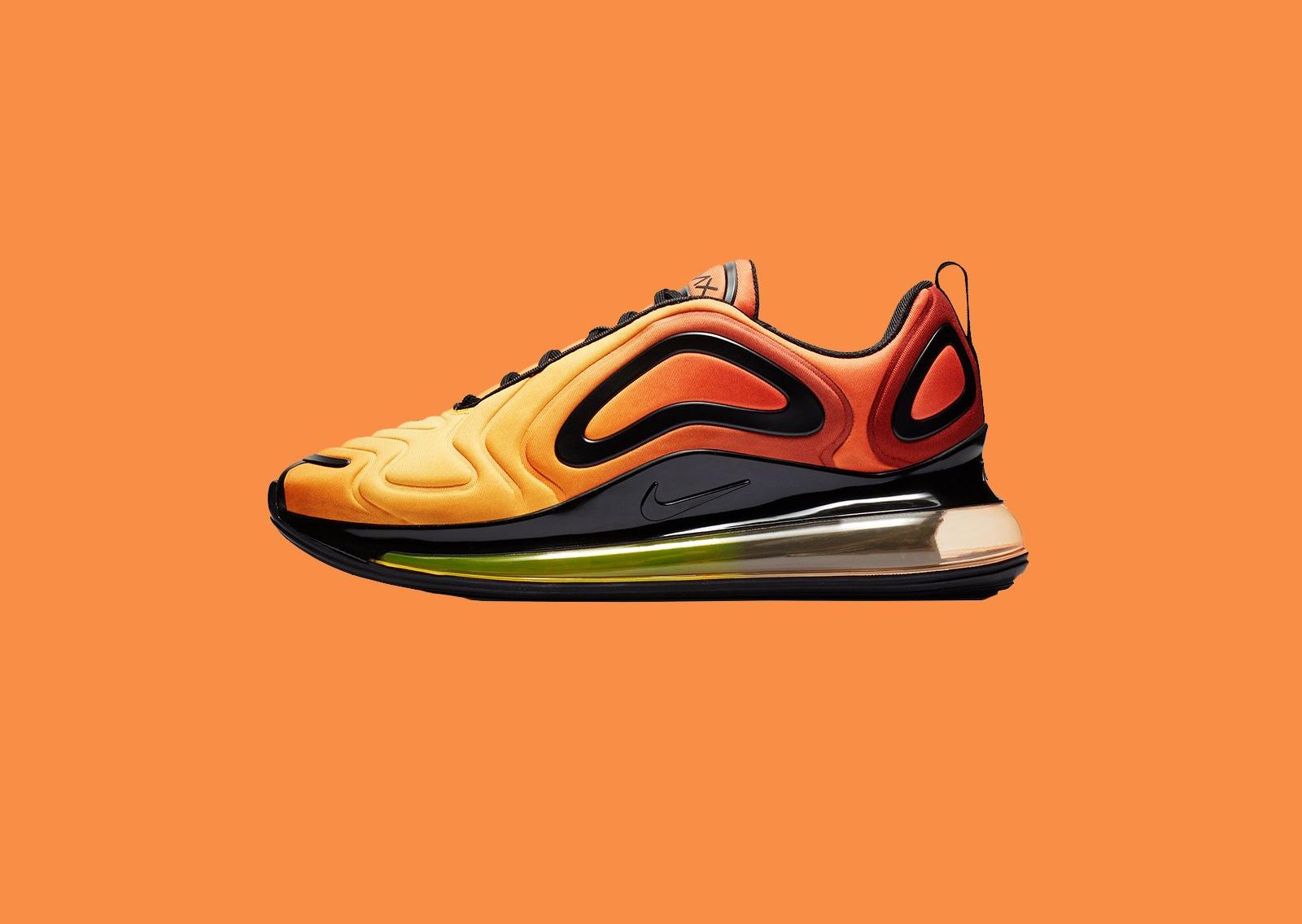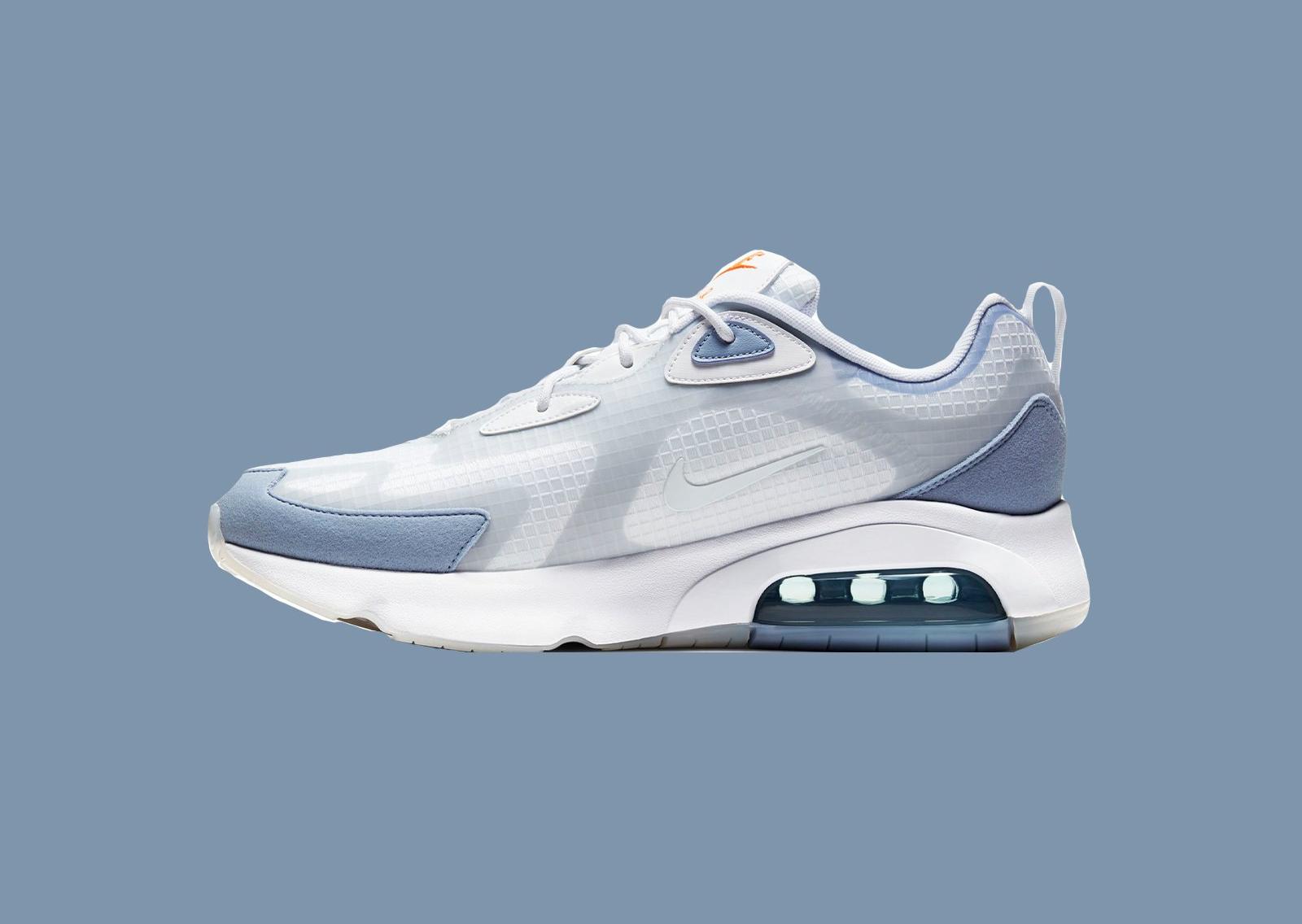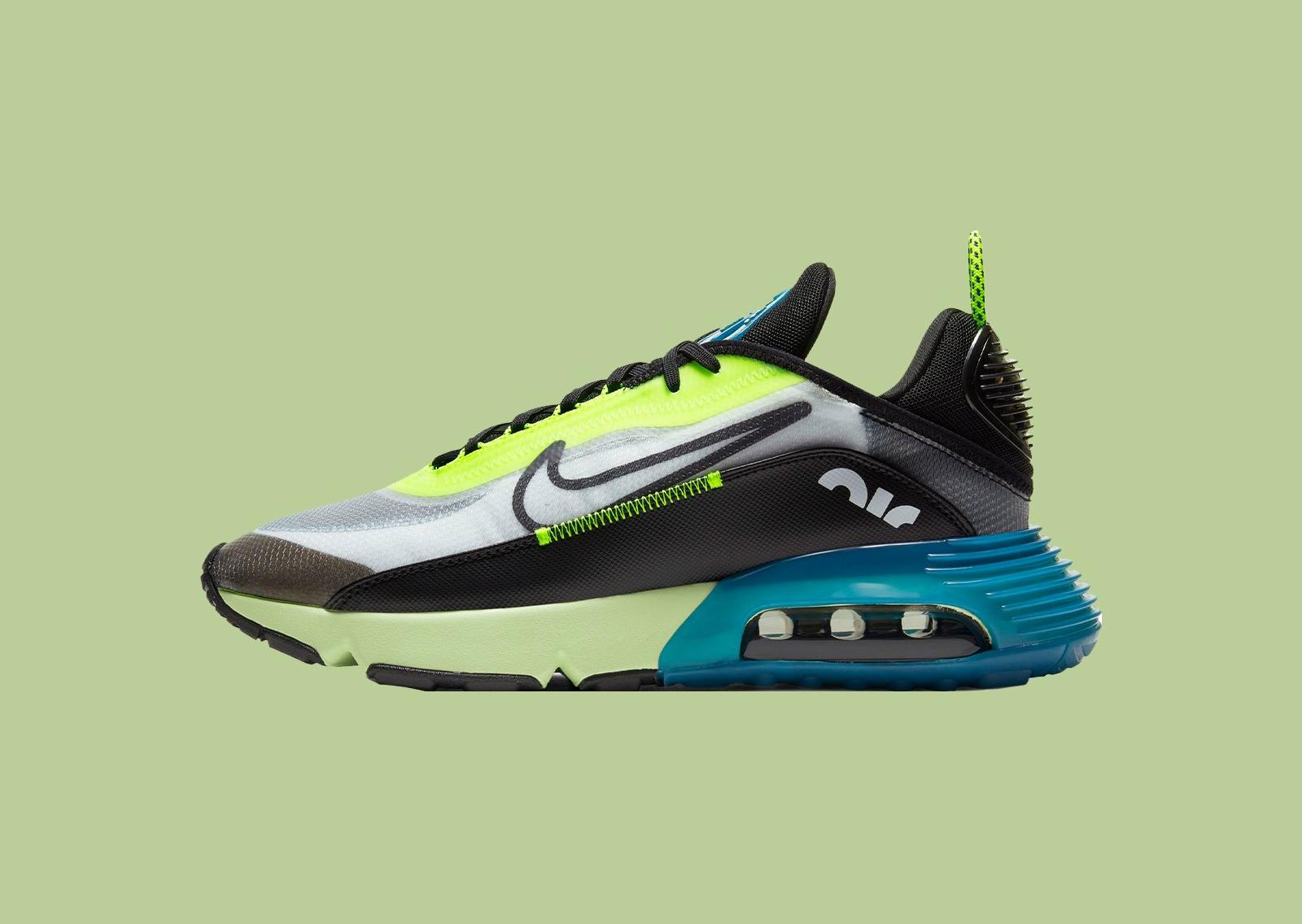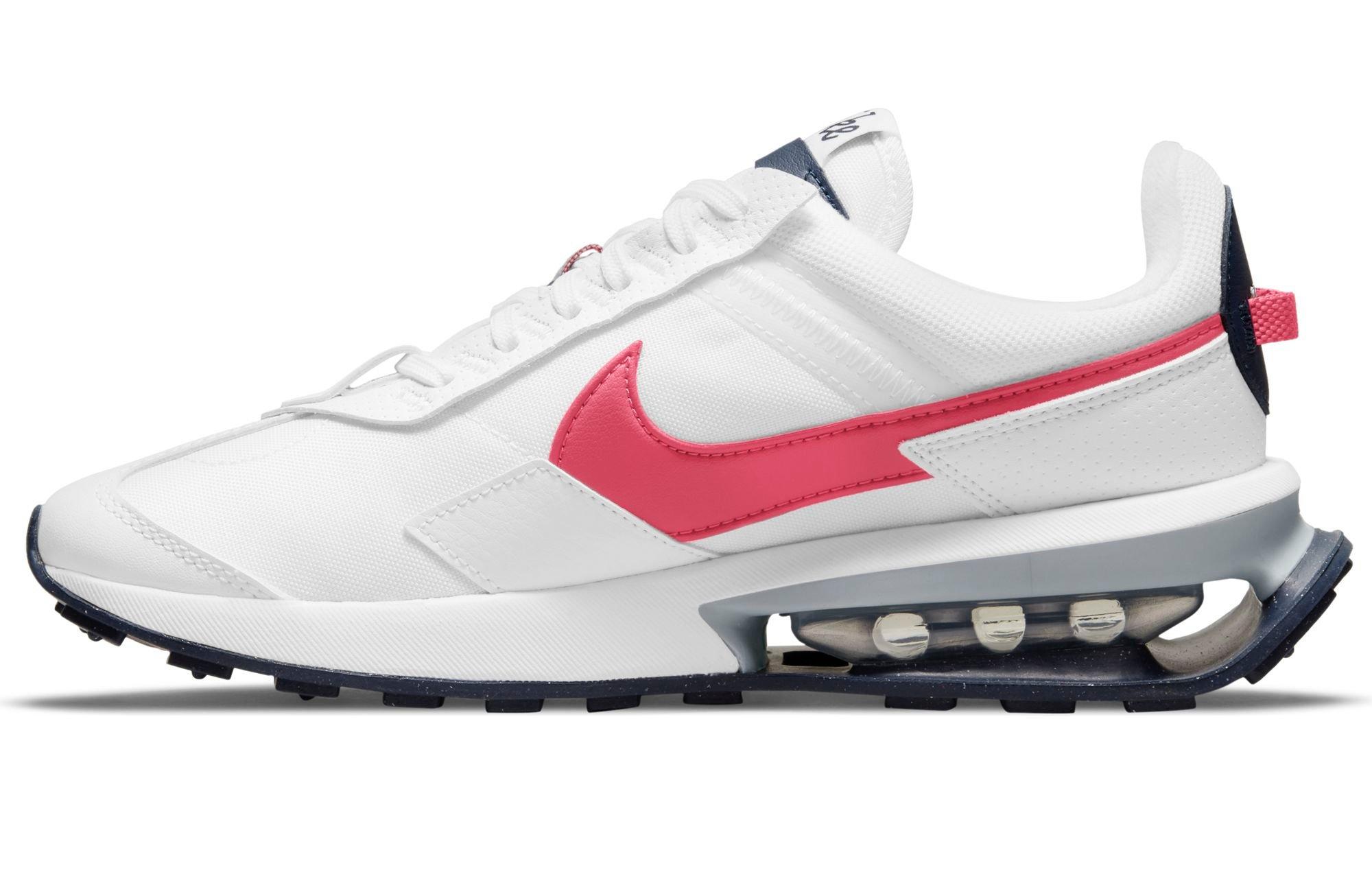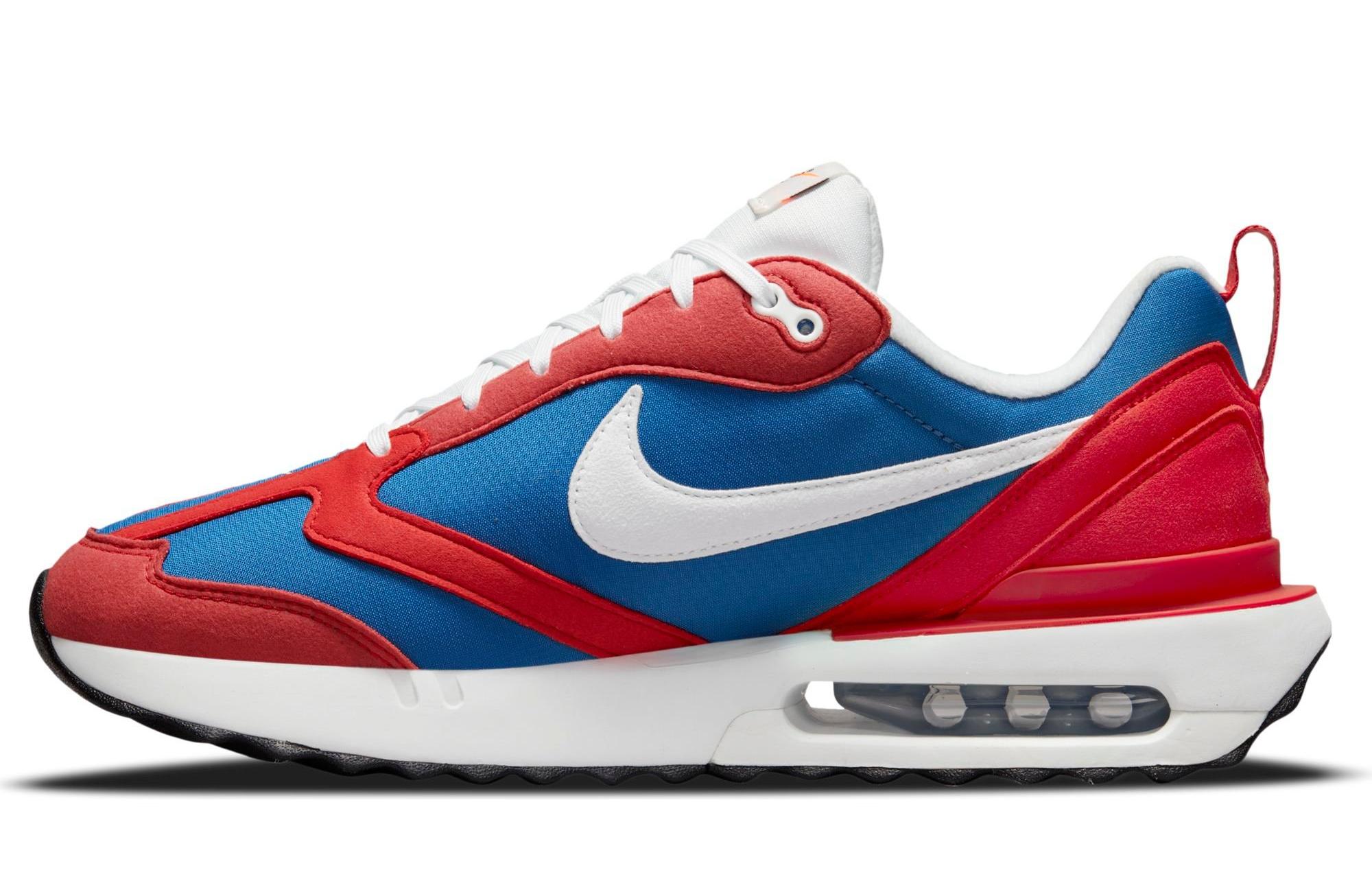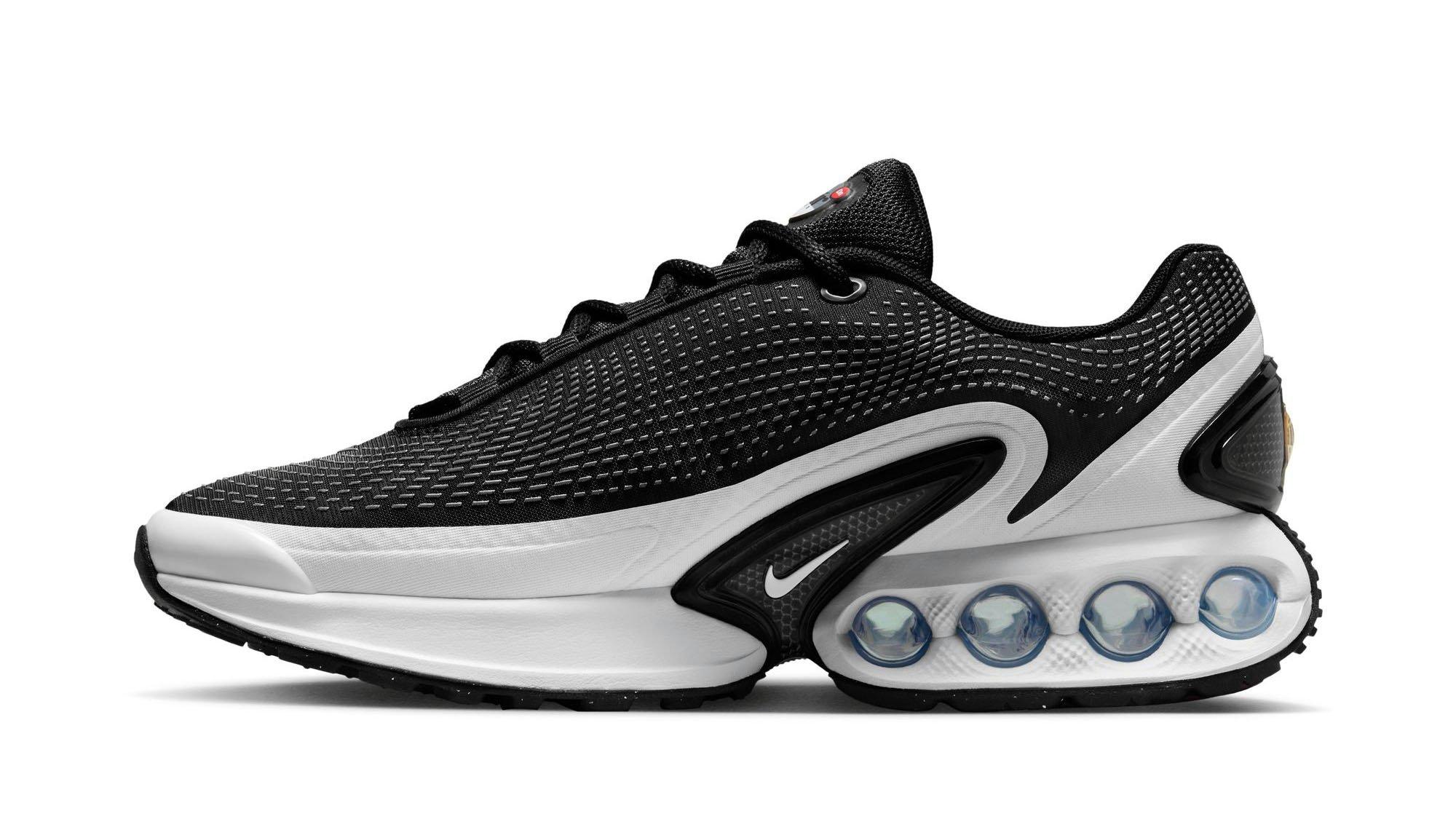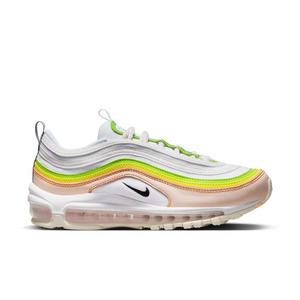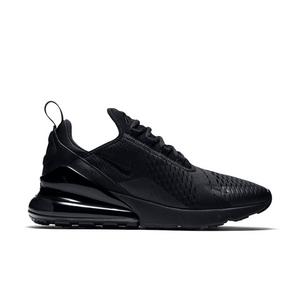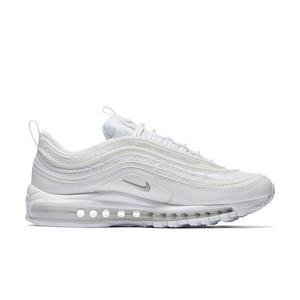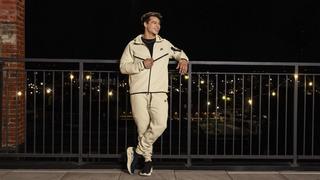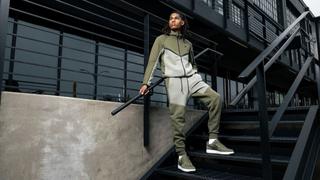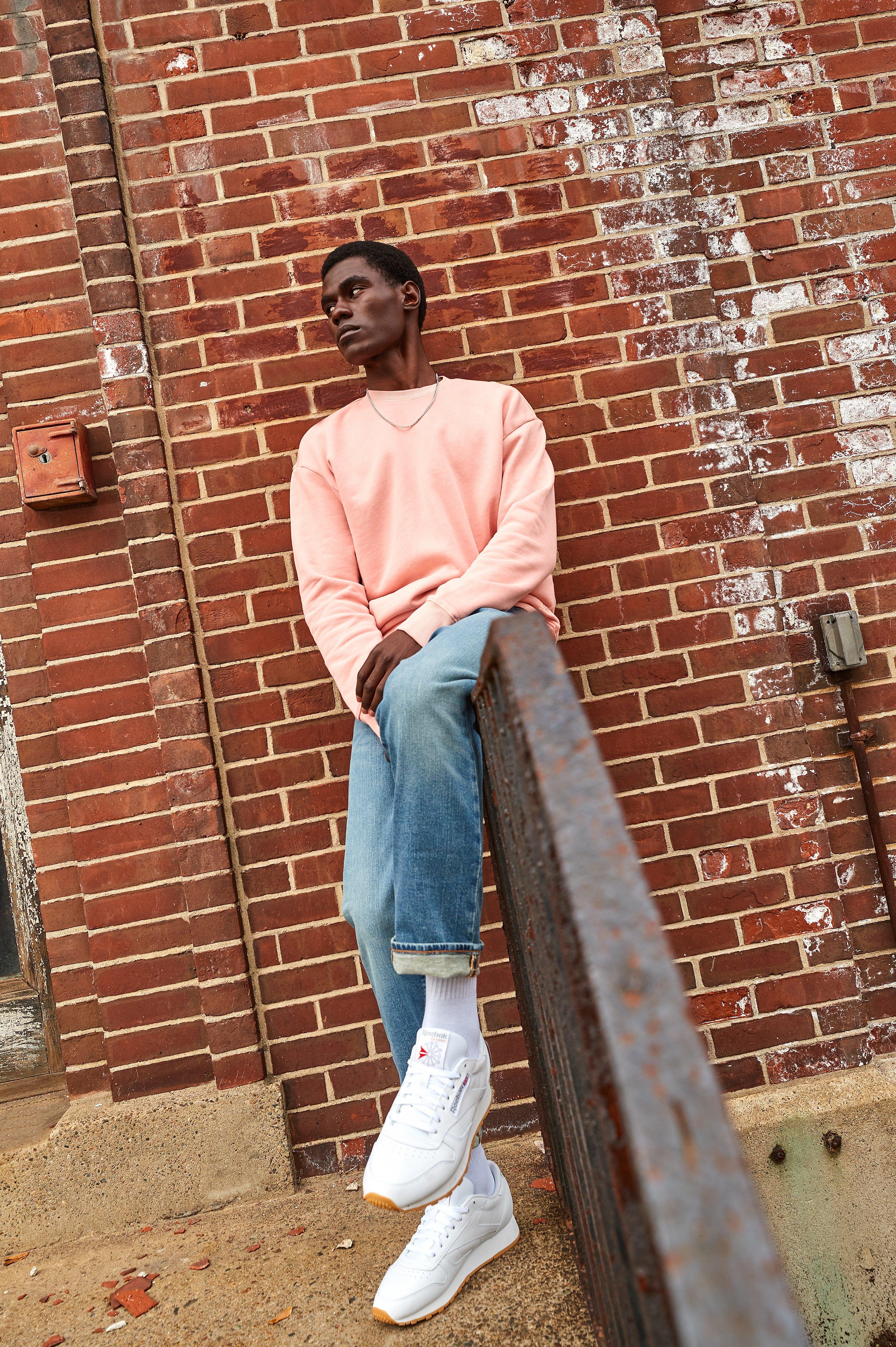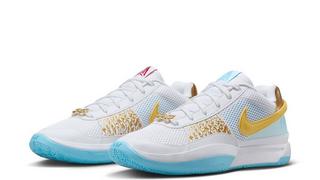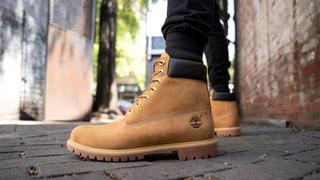2020: 2020 was a whirlwind year in just about every way possible. But Nike stayed focused on the future of flight, releasing the space-age-style Air Max 2090 in honor of the Air Max 90’s 30th anniversary. Heavily influenced by the AM 90, the AM 2090 gets substantially more visibility in the Air unit than its inspiration and features updated flex grooves on its waffle outsole.
2021: Nike looked back to the future in 2021 with the release of the Nike Air Max Pre-Day, which takes the classic look of heritage Nike running into a new realm. Recycled materials on the upper keep the retro track aesthetic while the new Air window energizes the look, mixing head-turning style with unbelievably soft cushioning.
2022: First launched in 2022, the Nike Air Max Dawn is rooted to track DNA, and made with at least 20% recycled material by weight. Synthetic suede and textile materials blend vintage running vibes with clean-lined details, including a retro pill-shaped window that recalls the OG masters.
2022 also brought us the Air Max Pulse, a casual lifestyle shoe that borrowed the 270’s signature wraparound Air unit. The Pulse distinguished itself with its streamlined but multi-layered design, featuring a knit upper gracefully overlaid with leather and a striking double Swoosh. It’s a shoe for daily life as much as for the gym or the track, with a point-loaded cushioning system that helps target weight distribution for maximum comfort.
2023: After the subtlety of the Pulse, it was time to get funky again — and in 2023, the Nike Air Max Plus Drift became one of the wildest shoes on the market. Designer Sean McDowell took the Air Max Plus and turned everything up to 11, with the classic sole tooling and Air unit from McDowell’s 1998 original giving way to an upper that looks downright extraterrestrial.
2024: The time is right for the Air Max to evolve again, and now, the Nike design lab has blessed Air Max lovers with the brand-new Nike Air Max Dn. The Air Max Dn lays out a new plan for ultimate comfort, with a Dynamic Air unit
that uses two sets of dual-pressure tubes. Your heel gets the firmest pressure for robust support, while your midfoot gets the softest pressure for a seamless transition.

